Home treasure hunt: the ultimate guide for adventurous children
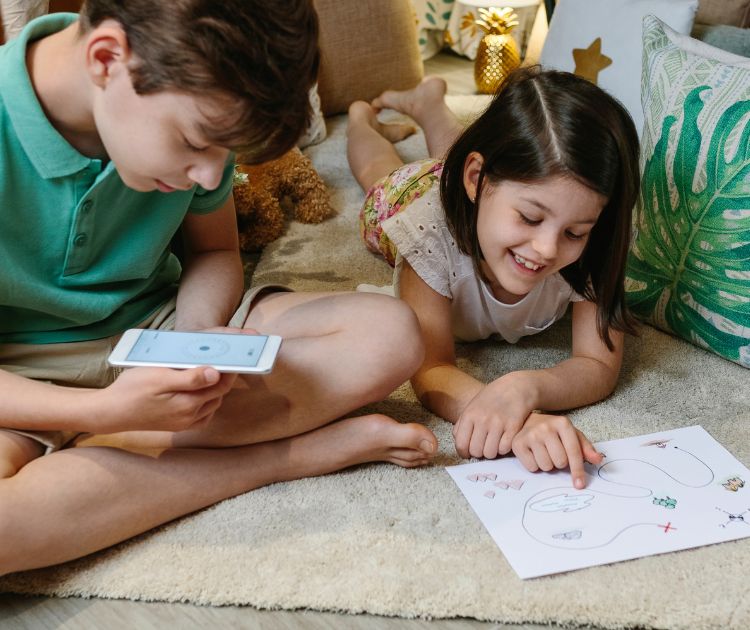
Guide to Organizing a Treasure Hunt at Home
Need to keep the kids busy at home with a fun and stimulating activity? Organizing a treasure hunt at home is the ideal solution! This article reveals all the secrets to creating a memorable hunt, from original theme ideas to creative riddles. Get ready to transform your home into a real adventure playground!
The basics for creating a treasure hunt at home
Preparing a treasure hunt at home remains an ideal activity to liven up an afternoon or birthday party. Why not give it a try? This format allows you to stimulate children's imagination while sharing a special moment together.
To organize this treasure hunt, start by choosing a universe that appeals to children. Then develop a scenario with a clear start - explaining the game rules and distributing the first clue. Favor age-appropriate tracks, varying the types of hiding places to maintain interest.
Tip: printable kits exist, but nothing prevents you from personalizing the story according to the group's interests.
Here are five tested and approved ideas to transform your living room or garden into an exploration ground, even without sophisticated equipment.
- Adventure Pirates: Recreate a maritime setting with a map leading to a chest filled with treats. The clues can involve sea-themed challenges. A sure value that will delight little sailors.
- Budding Detectives: Create an investigation where secret messages must be decoded hidden in familiar objects. Perfect for developing observation skills, this idea works well.
- Space Journey: Offer an interplanetary quest with simple riddles about constellations. An opportunity to learn while having fun, with a final treasure to retrieve from the "spaceship" (the couch).
- Magic World: Spells and mysterious formulas will guide towards a magical reward. Use everyday accessories transformed into enchanted objects for more realism.
- Animal Madness: Hide clues near stuffed animals or in places evoking their habitats. A simplified version for younger children, with easy-to-spot hiding places in the garden or house.
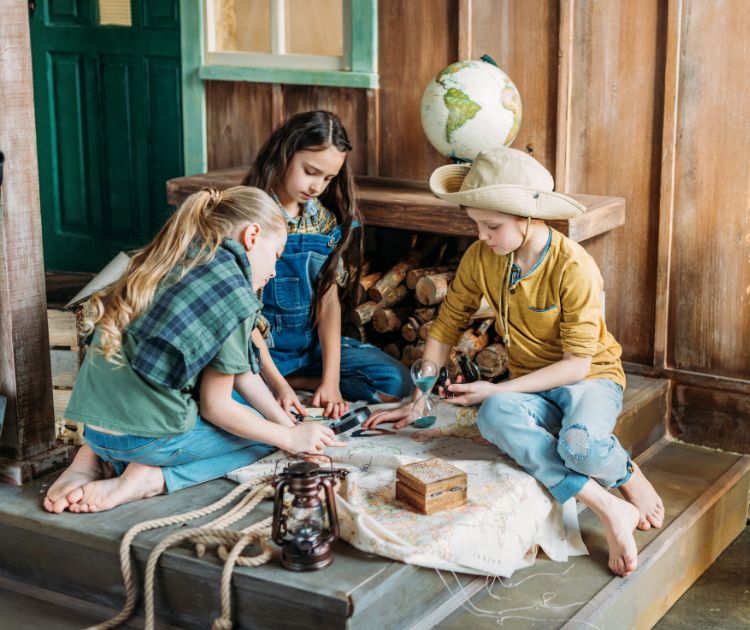
These ideas provide a starting point for building a custom story. Remember to adjust the difficulty of the clues according to the participants' age - the key is that they enjoy the search!
💡 Quick tip: always have some extra paper clues on hand just in case. And why not print treasure hunter certificates as a souvenir of this successful birthday?
Designing an Immersive Scenario
Choosing an Appropriate Universe
The choice of a scenario for a treasure hunt directly determines the children's interest by immersing their imagination in a structured narrative. A well-constructed story transforms this activity into a memorable experience, especially for a birthday or an afternoon in the garden. In short, it's an excellent gift idea!
Theme | Age | Riddle Example |
Farm Animals | 4-6 years | "I am the king of the farmyard, who am I?" (Answer: the rooster) |
Pirates | 7-11 years | "To open the chest, find the number of steps the wooden pirate takes." |
Espionage | 10-14 years (Teens) | "Decipher the Caesar code: Veni, vidi, vici" (Answer: YHQL, YLGL, YLFL) |
Cinema | Adults | "Which movie won the most Oscars?" (Answer: *Titanic*, *Ben-Hur*, and *The Lord of the Rings: The Return of the King*) |
Roland Garros | All ages | "On what surface do they play at Roland Garros?" (Answer: clay court) |
Choosing an Appropriate Universe
To link the challenges in your treasure hunt, connect each clue to the next logically. Use hints that point to the next challenge while maintaining the story's thread - an effective idea to capture children's attention.
Take the example of a pirate-themed birthday. The first clue could be a printable map showing a mysterious island. Once there, children find a coded message in a bottle. After solving it, they discover a new hiding place in the garden, perhaps near an old chest containing the next clue. These twists feed into the narrative and make the game more interactive. Note that printing pre-made kits saves time while allowing for activity customization. A clever idea to vary hiding spots without complicating organization!
Creating Fun Challenges for Your Home Treasure Hunt
Clues That Stimulate Imagination
The proposed activities engage different abilities: logic, observation skills, and creativity combine to solve the stages of your treasure trail.
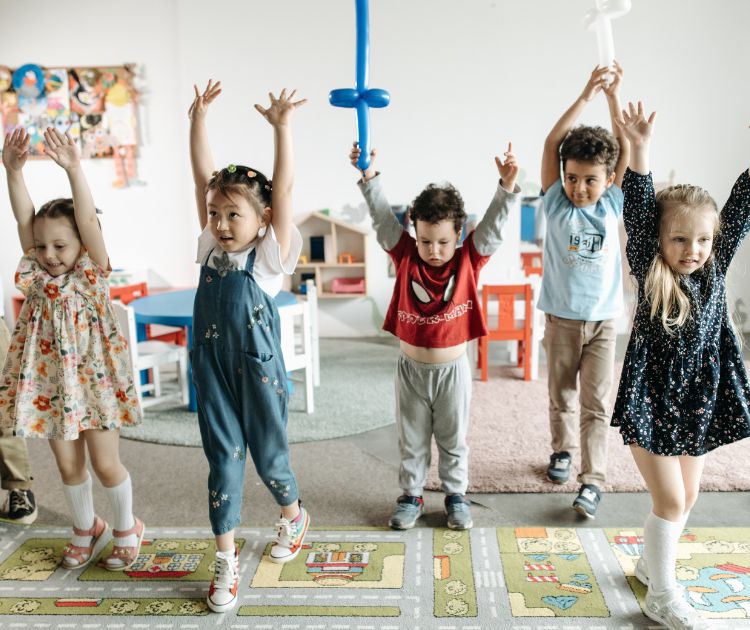
To organize a successful hunt, here are ten suggestions tested by parents.
- Expressive Charades: Have players guess a word related to your clue's story through gestures.
- Custom Rebus: Assemble images representing syllables to decipher.
- Fun Numbers: Introduce participants to cryptography with simple letter shifting.
- Homemade Riddles: Create questions whose answers point to familiar objects.
- Smart Calculations: Use basic mathematical operations to reveal page numbers or combinations.
- DIY Puzzles: Cut a photo of your garden or a themed image into several pieces.
- Logic While Having Fun: Offer sequences to complete or word associations.
- Sensory Discoveries: Hide objects in boxes to be guessed by touch.
- Magic Messages: The classic lemon juice on white paper, to be revealed carefully.
- Letter Hunt: Scatter letters in different hiding spots around the house. Children will then reconstruct the clue-word, ideal for practicing spelling while having fun.
With these ideas, you have a solid foundation to imagine an engaging trail. Remember to adapt the complexity to participants' age and chosen location (indoor or garden).
Repurposed Objects and Tips
Our environment is full of elements usable for a treasure hunt. Books, mirrors, or even garden plants become accomplices in your hiding spots. For birthdays, consider ready-to-print kits, but don't hesitate to personalize the story.
Coding systems always bring their share of surprises. Alphabet shifting (like A=D) remains accessible from age 6. For variety, why not use symbols drawn on paper? Children love creating their own secret language. As for Morse code, it allows you to integrate a historical dimension into your game. The important thing is to plan gradual clues to maintain interest without discouraging. After each successful stage, don't forget to congratulate the budding explorers!
Logistics and Safety
When organizing a treasure hunt, favor secure hiding spots in the garden or house. Point out areas to avoid and ensure each clue remains accessible for children. A good idea? Define the play area in advance with visual markers.
Manage timing like a pro! Cleverly alternate calm and dynamic phases. After a frantic race in the garden, for example, offer a creative activity to print. Plan for snack or hydration breaks - it's crucial for maintaining young participants' attention. Structure your treasure hunt with logical progression: start with simple riddles before making challenges more complex. Above all, adapt the duration to children's age. A practical idea? On average, children change activities every 10 minutes before moving to a new clue. Ready-to-print kits often provide a good base to personalize. Remember: your hunt's story guides the entire scenario. Whether it's a pirate quest or a space mission, each clue must fit into the narrative.
💡 A tip? Use themed patterned paper to print your riddle cards. Children love handling these tangible materials that make the experience more concrete.
Treasure hunt variations for all ages
Early Learning Version for Toddlers
To organize an activity suitable for young children, focus on a sensory treasure hunt. Favor colorful elements, textures to touch, and hiding spots in the garden to awaken their senses. A great way to enliven a birthday party while developing their motor skills!
Specifically, create a simplified course with familiar landmarks: teddy bears, picture books, or favorite toys. The next clue is always near the previous object - a trick that works well for 3-4 year olds. To save time, ready-to-print kits offer short stories and age-appropriate challenges. These materials easily transform your living room, child's room or garden into a playground for a special afternoon. Note that they are also suitable for birthdays with children of different ages.
Expert Challenges for Teens
With teenagers, give the concept a fresh twist by mixing real and digital elements. QR codes to scan, clues shared on social media, or riddles related to their favorite series will make the experience more immersive.
For puzzle enthusiasts, imagine a course filled with obstacles: coded messages, false trails in the garden, or decryption systems. An example? Finding a specific book containing a code leading to a fake hiding spot... while the real treasure requires solving a math problem! The idea is to make them collaborate while stimulating their critical thinking. However, be careful to adapt the difficulty according to participants' age - some printable kits actually offer several challenge levels.
Improve Your Treasure Hunts Over Time
Experience Feedback
To improve your next treasure hunts in the garden or during a birthday party, nothing beats gathering participant feedback. Whether through a printed questionnaire or spontaneous conversations with children, each piece of feedback helps identify what worked... and what didn't work so well.
Analyzing the course's strengths and weaknesses becomes crucial for improvement. Notice which ideas excited children's imagination and which clues were too complex. Also observe unused hiding spots - sometimes a simple story modification can change everything. By keeping a written record of these observations on paper, you'll gradually build personalized kits.
Note and Classify All Your Treasure Hunts
Create a dedicated hunt notebook: writing down ideas, children's favorite clues, and even hiding spots invented during a birthday becomes valuable. This journal becomes a goldmine for your games.
Remember to print and file your best creations. A thematic archive box ("garden", "birthday", "collaborative games") allows you to quickly find a story or hiding spot ideas. Over time, you'll build a true educational treasure chest - perfect for adapting your kits according to participants' age or play location.
So, are you ready to organize a home treasure hunt that will leave a lasting impression? Original themes, well-thought-out riddles, and optimal safety: everything's in place for success. Don't just stand there - it's time to create unique memories with your children. Adventure is within reach, and the treasure... Because the real treasure is ultimately these special moments they'll remember for a long time.








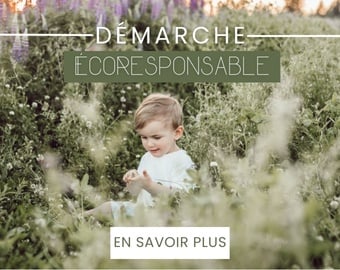


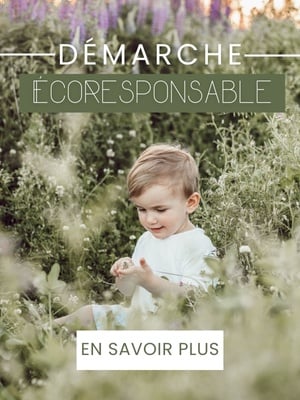

 Choosing the right baby blanket dimensions according to season and age
Choosing the right baby blanket dimensions according to season and age
 How to attach a headboard (with or without drilling): quick and effective soluti
How to attach a headboard (with or without drilling): quick and effective soluti
 Waterproof sheet or mattress protector: the best solution by age group
Waterproof sheet or mattress protector: the best solution by age group
 27 Original, Useful, and Trendy Christmas Ideas for Teens 2025
27 Original, Useful, and Trendy Christmas Ideas for Teens 2025
 Christmas Activities for Baby: Creative Ideas for Home & Daycare
Christmas Activities for Baby: Creative Ideas for Home & Daycare